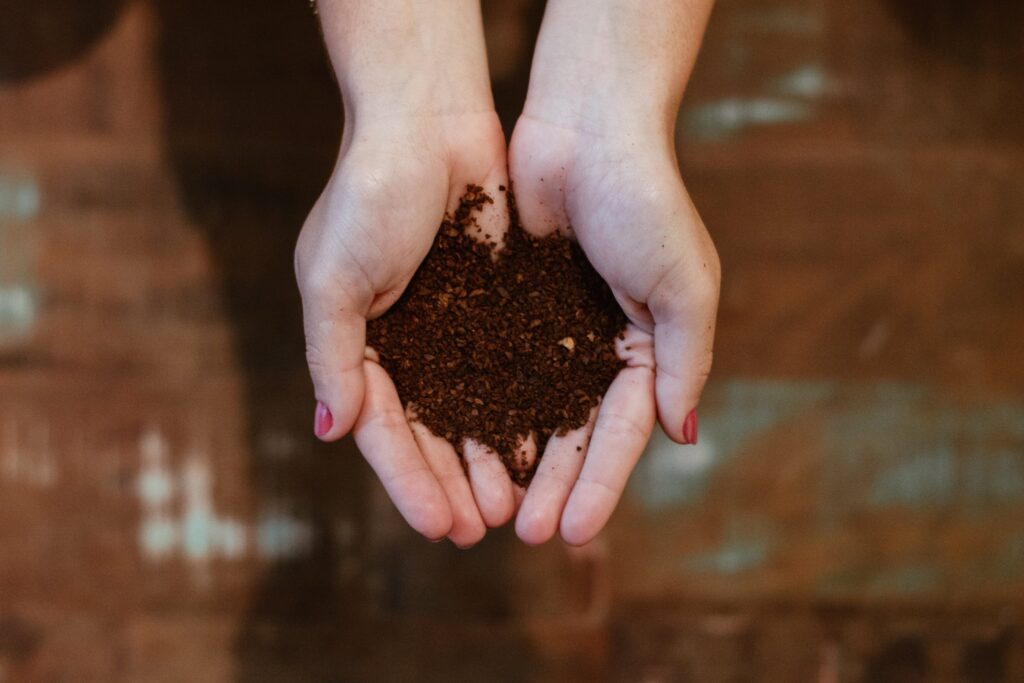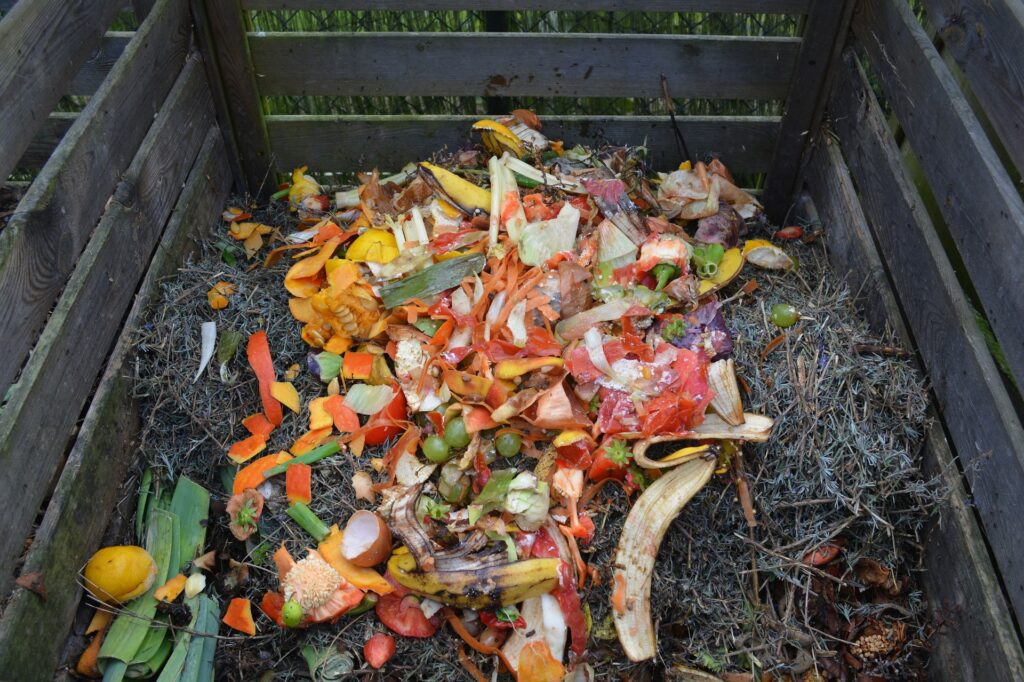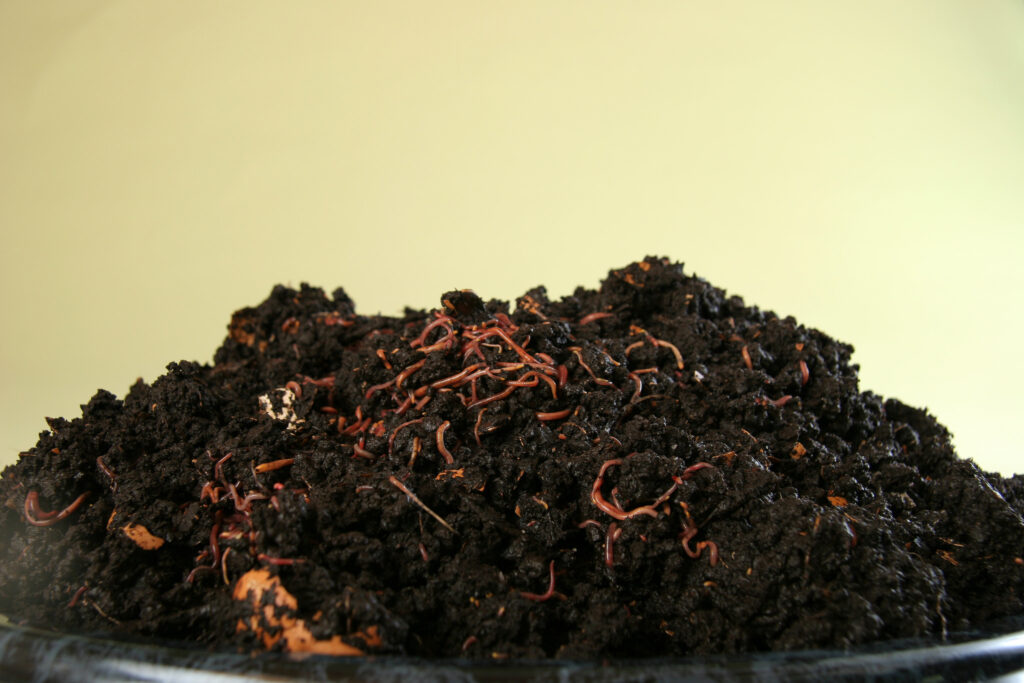Learn to grow microgreens at home, join Grow It Local +
Learn > How To
How to Compost: A Beginners Guide
 Did you know that last year 4.3 billion kilograms of food waste was generated in Australia, with a staggering 87% of it sent to landfill? Despite food waste being biodegradable, if the organic matter doesn’t break down properly in landfills it emits methane gas, which is 30 times as potent as a greenhouse gas than carbon dioxide! Starting a compost is a great way to divert food waste from landfills whilst creating fantastic soil for your garden. Sounds like a win-win situation, doesn’t it? Use this guide to learn how to compost and get started composting today!
Did you know that last year 4.3 billion kilograms of food waste was generated in Australia, with a staggering 87% of it sent to landfill? Despite food waste being biodegradable, if the organic matter doesn’t break down properly in landfills it emits methane gas, which is 30 times as potent as a greenhouse gas than carbon dioxide! Starting a compost is a great way to divert food waste from landfills whilst creating fantastic soil for your garden. Sounds like a win-win situation, doesn’t it? Use this guide to learn how to compost and get started composting today!
Benefits of Composting
Improves soil quality: Composting attracts beneficial bacteria, fungi and other microorganisms which help break down organic matter into nutrient-rich humus.
Rich in micronutrients: Compost is rich in micronutrients, such as zinc, calcium or manganese, that are not commonly found in chemical fertilisers but are beneficial for healthy soil and plants.
Lowers your environmental footprint:Throwing your fruit and veggie scraps on the compost instead of in the bin is a great way to divert food waste from ending up in landfills.
Helps save water:Compost is great at retaining moisture in the soil, which means your soil will require less water in the long run. Less water = lower water bill!

Step 1: Setting up your compost
To set up your compost you’ll first need a compost bin. You can buy one in most garden shops, or if you’d like to build your own then take a look at this handy YouTube video on how to build a compost bin from recycled pallets.
Location is key when it comes to setting up your compost. First of all, make sure it’s easily accessible from the kitchen or wherever you’ll be using it. Next, make sure your compost is not in the full sun all day long, as this will dry it out. Ideally, find a shady spot that’s protected from direct sun and also rain showers.
Step 2: Begin filling your compost
Now that you’ve got your compost bin all set up, you’ll want to start filling it. To create a successful compost you need two types of ingredients: green and brown organic matter. Green organic ingredients include everything from fruit and vegetable scraps to coffee grounds and eggshells. Brown organic ingredients are things like dried leaves, small twigs or soil. Take a look at our list below to see what we recommend you add to your compost;

To start off, build a base of brown organic matter on the bottom of your compost. Do this by simply adding a layer of brown organic matter to the bottom of your bin. In order to encourage bacterial growth, water the base thoroughly before adding the next layer. For your second layer, you’ll want to add green organic ingredients. Your third layer should then include a mixture of brown and green organic matter. Finally, sprinkle a thin layer of soil on top of your compost in order to seal the compost and to encourage microbial activity.

Step 3: Be patient and keep an eye on your compost
Now that you’ve set up your compost, the insects and bacteria will do most of the work for you. Keep adding your garden cuttings or veggie scraps on top of the compost pile over time. However, try and make sure to include some brown organic ingredients when adding green organic material to your compost. This helps your compost stay balanced and aerated and prevents it from becoming too compact. If you notice your compost getting dry, add a little water on top, but be careful not to drench it. Once a month, use a garden fork to turn over the compost – or at least fluff it up. This again helps aerate the compost and speeds up the process.
Step 4: Add finished compost to your plants
A compost will usually be ready within a year after setting it up. You’ll know it’s ready when the colour has turned to a rich dark brown. Use your hands to sieve out any large twigs or other organic material that hasn’t fully broken down yet (you can add these bits to the bottom of your next compost). Add the rich compost to your plants and when you’re ready, rebuild your compost and repeat the process!

How to compost in small spaces
Don’t have a garden or the space to set up a large compost? No problem at all! Thankfully there are some neat tools to get your compost started in small spaces or even indoors.
Worm bin: Worm bins work by providing the ideal habitat for compost worms inside an enclosed bin. Simply place your food scraps or dried leaves in the bin and wait until the worms break down the organic matter inside. The broken organic matter will turn into a fantastic liquid fertiliser, which drips down into a separate container at the bottom of the bin. The great thing about the worm bin is that there’s no mess or smell. Check out this worm bin from Hungry Bin.
Bokashi: Bokashi is a Japanese composting system which is ideal for small apartments. This small bin can sit under your sink and is great for any fruit and vegetable scraps. Once the organic matter has broken down inside the bin a nutrient-rich natural fertiliser is produced which you can dilute and add to your plants.
However you decide to set up your compost, enjoy making the most of your leftovers – and your soil will too!



